A commercial nuclear reactor in Zhejiang province is mass-producing carbon-14, a radioactive isotope of the element carbon that has a wide range of applications from detecting bacterial infections to monitoring water quality, China Science Daily reported on April 21.
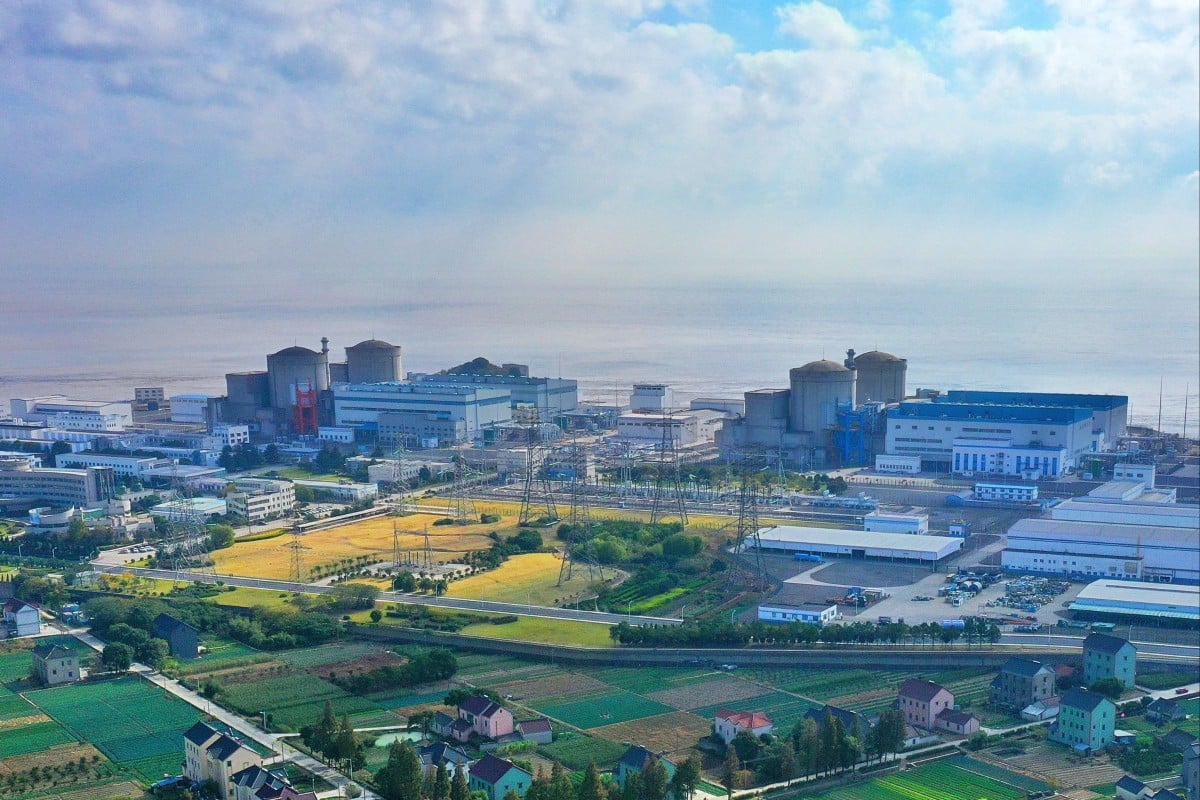
The Qinshan nuclear power plant represents China's efforts to produce its own carbon-14 isotope. Photo: CNNC
China is almost entirely dependent on isotope imports, sourcing from countries including Canada, South Africa, Australia and Russia. "China's carbon-14 supply is almost entirely dependent on imports, with high prices and uncertain supply," China Science Daily reported.
Supply from Canada was cut in 2009 when the world's largest supplier of carbon-14, Canada's National Research Universal reactor, stopped production due to a leak. Production resumed a year later.
In 2022, China's Science and Technology Daily reported that in recent years, China has imported more than 90% of its medical isotopes and is restricted in the types of isotopes it can purchase.
In June 2021, the China Atomic Energy Administration, along with many other agencies, began to develop a plan to produce medical isotopes in China to stabilize and ensure domestic supply.
That plan reached a major milestone on the afternoon of April 20 when the isotope was produced from the heavy water reactor unit of the Qinshan Nuclear Power Plant of China National Nuclear Corporation (CNNC), located in Haiyan County, Zhejiang Province. It is the first and largest reactor in China to successfully produce the carbon-14 isotope.
The plant first went into operation in 1992 and is the only facility in the country with a commercial heavy water reactor, the technology of which was supplied by Canada. According to CNNC, heavy water technology allows for more stable high-power operation over long periods of time than other types of reactors.
The Qinshan plant has cooperated with several institutions including the Shanghai Nuclear Engineering Design and Research Institute to realize the mass production plan, the company said.
"It is expected to be able to produce about 150 curies of carbon-14 isotope annually," Xinhua news agency quoted plant general manager Shang Xianhe as saying. Shang expects the output to be enough to "fully meet market demand" in China. According to CNNC, carbon-14 isotope will be available on the Chinese market this year.
Besides carbon-14, the Qinshan plant is installing an advanced irradiation isotope production facility that can produce isotopes such as lutetium-177 and yttrium-90, which are also used in medicine.
Meanwhile, construction of the world's most powerful liquid medical isotope experimental reactor also began in January this year in southwest China's Sichuan province.
Ngoc Anh (according to Xinhua News Agency, SCMP)
Source




![[Photo] Cat Ba - Green island paradise](/_next/image?url=https%3A%2F%2Fvphoto.vietnam.vn%2Fthumb%2F1200x675%2Fvietnam%2Fresource%2FIMAGE%2F2025%2F12%2F04%2F1764821844074_ndo_br_1-dcbthienduongxanh638-jpg.webp&w=3840&q=75)





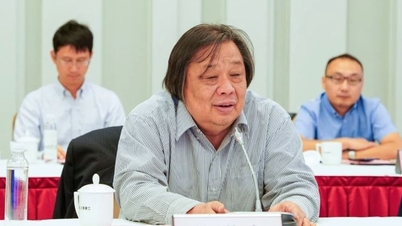

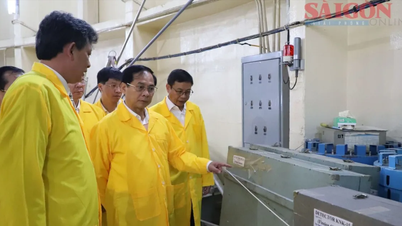

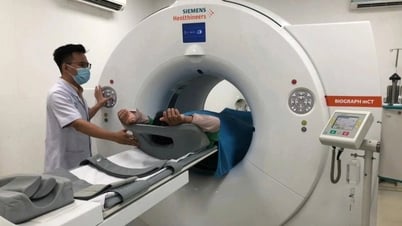

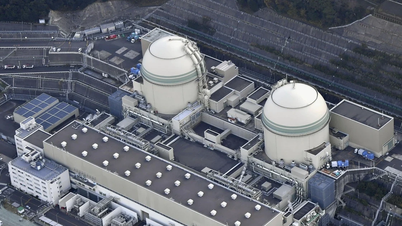




























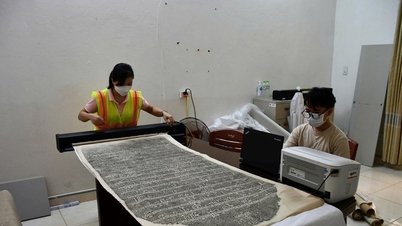




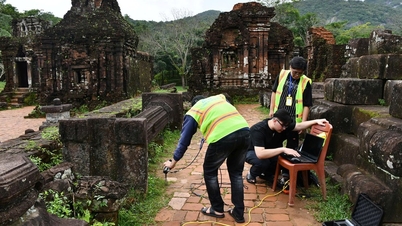




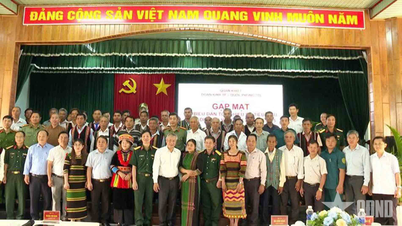






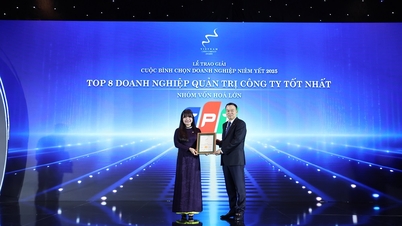


![[VIMC 40 days of lightning speed] Da Nang Port: Unity - Lightning speed - Breakthrough to the finish line](https://vphoto.vietnam.vn/thumb/402x226/vietnam/resource/IMAGE/2025/12/04/1764833540882_cdn_4-12-25.jpeg)
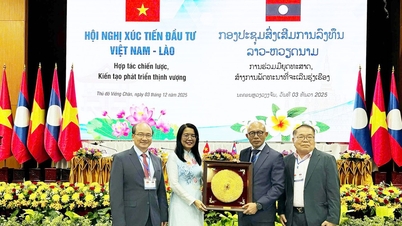















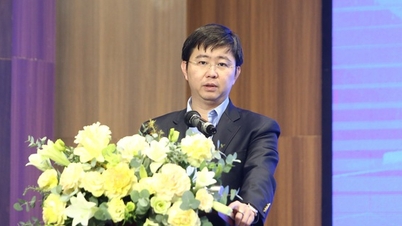



























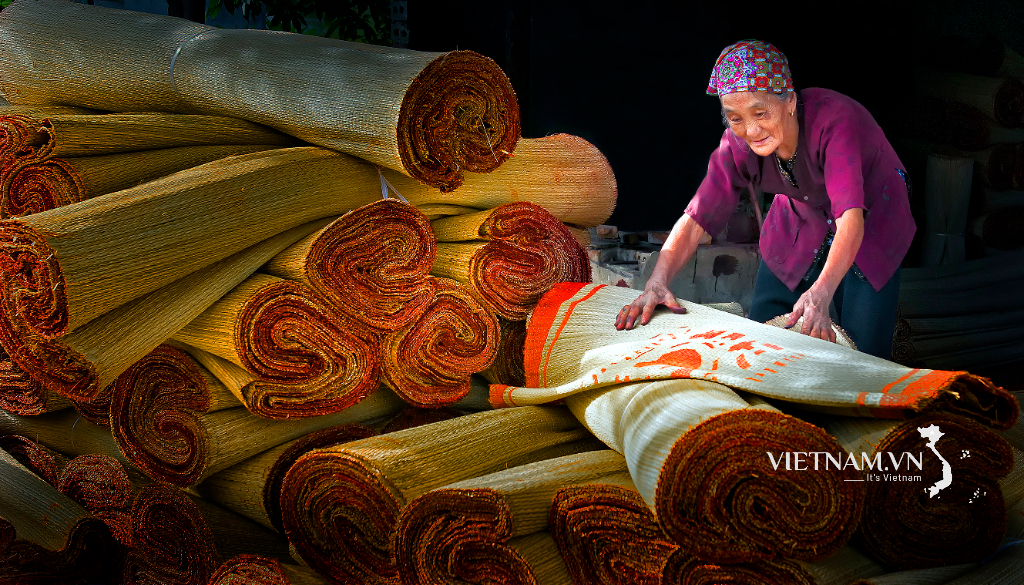


Comment (0)